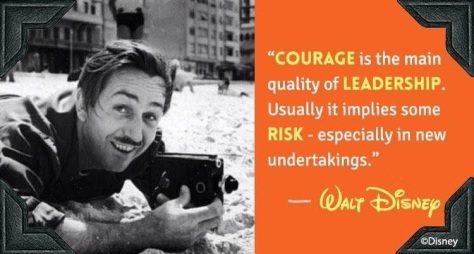I let the world interrupt my creative side. Oops. I should rephrase. I let my career get in the way until I figured out how to use my career to express my creative side. You see, I work in the financial services industry. There’s not a lot of room for creativity in most cases; in fact, some folks have been scolded (even prosecuted!) for being too creative during the first ten years of the 2000’s. Lucky for me that my form of creativity is the good kind.
I’ve been blessed with a couple of opportunities. I was provided the opportunity to earn an education that benefits both my employer and myself. Check. This education has opened my eyes to an entire world (and industry) that isn’t unrelated, but is outside of what I’ve been doing for years. And it’s fascinating. Check check. And while studying, I found ways to make my day-to-day routines more efficient through creativity. Check check check. (Okay, I’m starting to sound like Francis Underwood, so I’ll move on).
Trying to be more efficient (the three “checks” above) got the attention of management, who have asked me to join a team of folks who will redesign a core process, from start to finish, using some pretty cool technology. What an opportunity! My challenge through this is to keep the creative juices flowing – but how?
As you can imagine, I’ve read several books by Disney, Imagineering, and other innovative groups. The thing I find fascinating is that while reading books about some of the most creative folks in the world, I found (sort of) a common theme: they all broaden their horizons through seemingly unrelated interests. Joe Rohde’s Instagram, for example, is fascinating. Not only does he offer great visuals, but he provides great, in-depth background information to accompany them.
There’s also the old-school medium: books. I’ve only recently started reading some of Seth Godin’s work: particularly Linchpin. This hit the nail on the head. If we view our “work” as a form of art – creating for a purpose greater than a paycheck – how great is that? I feel extremely blessed to have the opportunity to quite literally get to create a form of art through new design. This book is the perfect way to jump-start the creative juices.
So there you have it. I’ll be updating more often by sharing different online resources or excerpts from books, etc. If there are folks out there reading this, I hope you benefit from it. It’s a nice outlet. Feel free to drop me a line.
And yes, the giant Vinylmation is still blank. 😀

